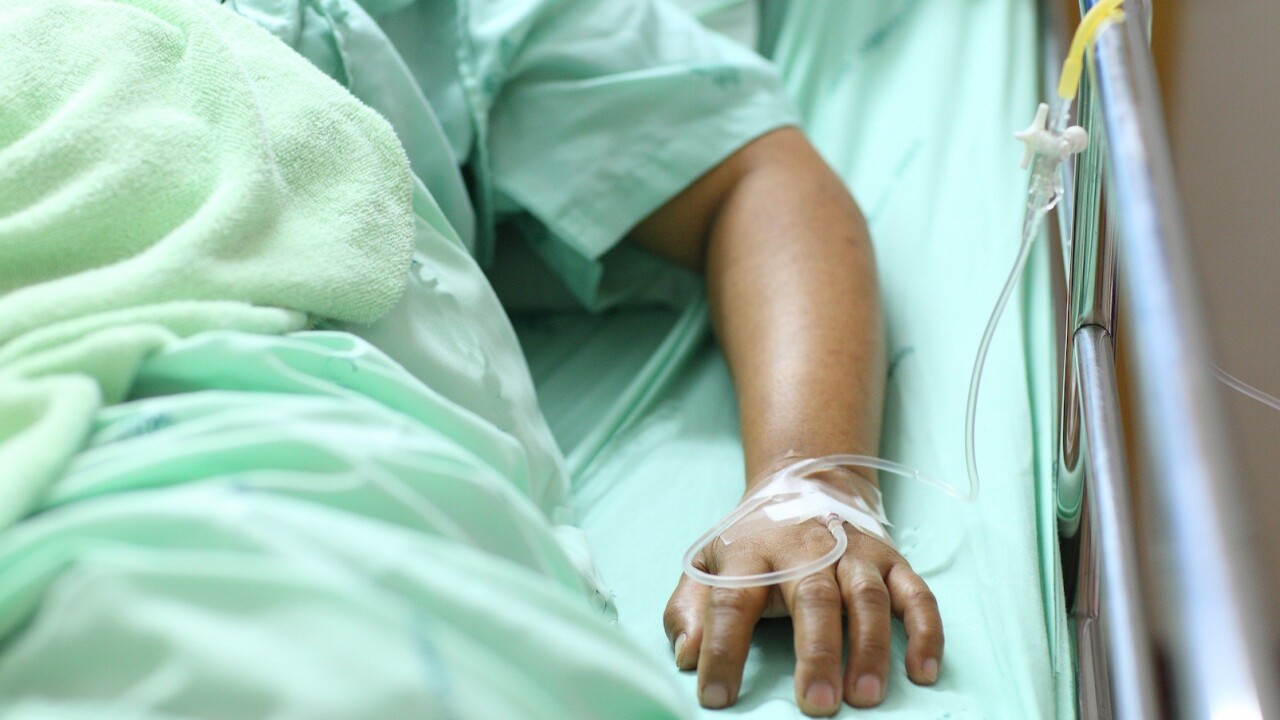
Despite a stated mission of saving lives and providing care, hospitals and healthcare facilities can be very dangerous places. It’s estimated that more than 400,000 people are killed each year due to preventable medical errors, which include preventable Hospital Acquired Infections (HAIs). Many of these errors are technology-related, which both clinicians as well as patients need to be aware of.
According to the non-profit ECRI Institute, health technology hazards can come in many forms.
“They can be the result of IT-related problems such as improperly configured systems, incomplete data, or inappropriate malware protection. They can be caused by inappropriate human-device interaction, such as incorrect reprocessing techniques, improper device maintenance, and poor recall management.
They can also be problems that are intrinsic to the devices themselves: ease-of-use issues, design flaws, quality issues, and failure of devices to perform as they should can all contribute to device-related events.”
With the increasing use of advanced technology in hospitals comes an increasing risk of harm from misuse. (Image source: Walleigh via Wikimedia Commons)
ECRI offered the following list of 10 technology hazards for 2015 that they feel are the most dangerous to the unsuspecting patient. They also indicate that the list below is not comprehensive, nor will all of the hazards on the list apply to all healthcare facilities. However it is intended to be a tool that healthcare facilities can use to prioritize their patient safety efforts.
1) Alarm Hazards: Inadequate Alarm Configuration Policies and Practices
Hospital rooms are typically filled with patient-monitoring devices that emit alarms when pre-set conditions occur. Frequently, this can make for such an ever-present cacophony of beeps and buzzes that healthcare workers stop paying attention to them. “Alarm fatigue” will persist unless the facility creates and follows a policy where each piece of equipment is calibrated to sound an alarm only in clinically significant conditions that require a staff response. An earlier Forbes article expands on this important topic.
2) Data Integrity: Incorrect or Missing Data in EHRs and Other Health IT Systems
Part of the purpose of electronic health records (EHRs) is to reduce medical errors caused by missing, conflicting, or incorrect information about a patient and their treatment. But even the most up-to-date technology for centralizing that data is subject to errors by the person entering the information, delays in transmission, or problems as mundane as two computers or pieces of equipment with conflicting date or time readings.
3) Mix-Up of IV Lines Leading to Misadministration of Drugs and Solutions
It’s common for one patient to be connected to multiple IVs. A tangle of tubes can result in one or more line being connected to a wrong fluid container, dripping at the wrong rate, or administering medication at the wrong site. Most errors of this type can be prevented with proper labelling and by physically checking each line from source to destination.
4) Inadequate Reprocessing of Endoscopes and Surgical Instruments
The Ebola crisis has highlighted the need to carefully disinfect and sterilize any and all objects that have a chance of being contaminated through contact with a patient. The incidence of problems is low, but the results can be severe. Endoscopes present a particular challenge because of their narrow, hard-to-clean channels. Education, rigorous protocols, and adequate time and room for reprocessing are the keys to preventing these errors.
5) Ventilator Disconnections Not Caught because of Miss-set or Missed Alarms
The aforementioned risks from misconfiguring medical equipment alarms are particularly dangerous in the context of catching ventilators that are experiencing partial or complete disconnection along the breathing circuit. This can lead to brain injury or death. Protocols must be enforced to ensure alarms are set to actionable levels, are clearly audible to staff, and are backed up with ancillary notification systems.
6) Patient-Handling Device Use Errors and Device Failures
Patient-handling refers to healthcare workers lifting, moving, or transferring patients. A report by the Occupational Safety and Health Administration (OSHA) estimates that in a national survey covering approximately 1,000 hospitals, patient-handling injuries accounted for 25 percent of all Workers’ Compensation claims for the healthcare industry in 2011.
A wide variety of devices, such as lifts, sliding boards, and specially designed chairs, toilets, mattresses, and stretchers can reduce the strain on workers. But these devices carry their own risks in cases of improper use or mechanical failure. Regular maintenance of the equipment, training in its proper use, and paying attention to weight-bearing limits are among the best solutions here.
7) “Dose Creep”: Unnoticed Variations in Diagnostic Radiation Exposures
Patients may be exposed to increased radiation levels by clinicians attempting to improve image quality in diagnostic radiology. Standard practice requires that the technician obtain the diagnostic image with a dose that is “as low as reasonably achievable (ALARA).”
Manufacturers are increasingly adopting the standardized exposure index (EI), established by the International Electrotechnical Commission (IEC). Procurement of new equipment that adheres to this standard can eliminate this problem, but only with accompanying software upgrades, device calibration, staff training, and integration of EI checks into existing workflows.
8) Robotic Surgery: Complications Due to Insufficient Training
The differences between traditional surgery performed with human hands and robotic surgery performed with machines require training for the entire surgical staff.
This can prevent errors in positioning team members (relative to the size of the robot), lapses in safety precautions and team communication, or a lack of proficiency in the surgeon’s ability to use the equipment optimally. Training should be reinforced by frequent experience using the robotic equipment, as well as rigorous credentialing.
9) Cybersecurity: Insufficient Protections for Medical Devices and Systems
Electronic medical equipment is increasingly interconnected and networked. That means it is vulnerable to malicious hacks, malware, or invasions of privacy. These risks should be formally assessed on an ongoing basis, and mitigated through the implementation of IT best practices such as network firewalls, strong passwords, and software patches.
10) Overwhelmed Recall and Safety-Alert Management Programs
The exponential growth of healthcare technology corresponds to an increasing flow of manufacturer recalls and safety alerts from government agencies and non-profit organizations.
Missed recall or safety announcements aren’t mere administrative errors – they can lead to dangerous malfunctions that endanger patients’ health and lives. A management system is needed to receive these critical pieces of information, distribute them to the correct personnel, respond to them, and document that response.
For healthcare administrators, clinicians and patients, it’s vitally important to recognize these types of hazards and address them before they cause preventable injury and death.
Read Next: 6 reasons why American healthcare is broken
Image credit: Shutterstock
This post first appeared on Forbes.
Get the TNW newsletter
Get the most important tech news in your inbox each week.









